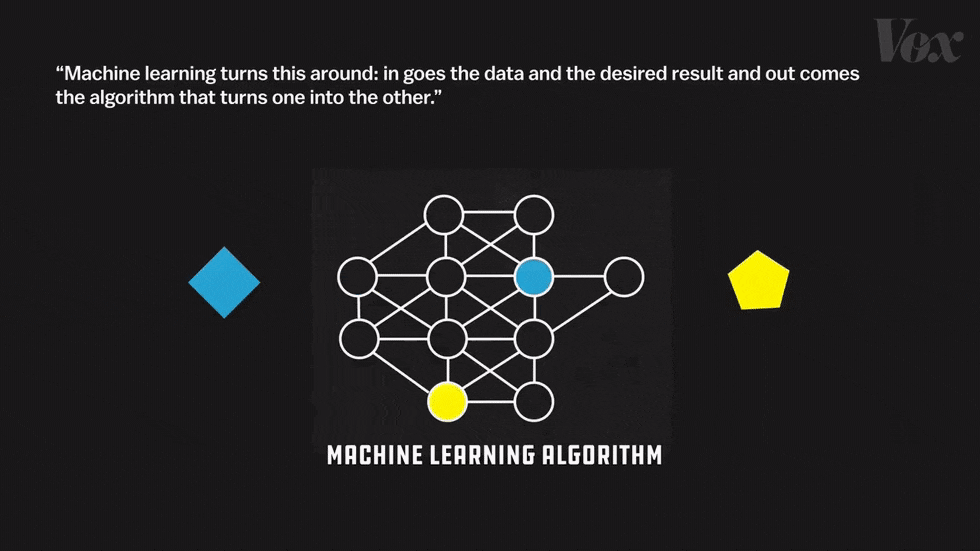Last updated on September 10th, 2021 at 03:56 am
Pattern Recognition and Machine Learning are closely related terms in the field of data analysis. The former is a part of Machine Learning and is used as a technique to detect patterns and irregularities in a pool of data.
There is a very thin line between them which will be covered in the following sections. And a simple way to distinguish between them is to understand their individual functions and qualities.
Pattern Recognition vs Machine Learning
Let’s first understand what Machine Learning is? It is basically a concept that allows systems to learn and adapt in a particular way by means of data.
Take the example of how a user behaves with an automatic food recipe machine. If the appliance uses Machine Learning to understand user behavior in a better way, it would ideally take insights from all the past user actions and adapt itself for better functioning.
The primary (and perhaps the only) goal of Machine Learning is to make good guesses. In consumer tech, this is used to automate actions in an application as suggested in the example above. However, Machine Learning has applications across industries (as noted below). This is why there is a growing demand for professionals with relevant skills, which in turn, has resulted in a boom in Machine Learning courses.
What is Pattern Recognition?
It can be seen as an application or subset of Machine Learning (ML). It is basically an element that detects patterns in an ML algorithm. Unlike ML, it uses previous information to refine its findings.
Let’s go back to the appliance example given above. How would the process change if the appliance was already fed with some patterns that the user is assumed to take? This can have a considerable impact on how the appliance is built in the first place. When used, it only has to match the user actions with those already available in its memory. This can improve user experience considerably.
The prediction made on the basis of this pattern recognition on an ML algorithm is essentially called predictive analytics. It is a growing field and one that can be further studied as part of Machine Learning training programs.
Moreover, there are some features that make Pattern recognition a great addition to the world of ML. Some of them are listed below.
- It can detect familiar patterns and known issues accurately. (This function is extremely helpful in hi-tech to detect online fraud)
- Classification of patterns
- Continuous learning as more streams of data is analyzed and processed.
Overall, Pattern recognition acts as an improvement in ML algorithms as it aids in making certain tasks easier. This is why it is heavily utilized across applications in the fields of image processing, biometrics, seismic analysis, and speed recognition.
A very fine example of the use of Pattern recognition is in the field of DNA testing. It can aid the scientific community in detecting DNA sequences with more accuracy and a low error rate. This is advantageous in forensics as well where accuracy is extremely critical.
To conclude, the thin line between Pattern Recognition and Machine Learning is in their functions within an algorithm. While ML is the main method used to process data and influence outcomes, Pattern recognition acts as a helping hand.
One of the best ways to learn more about the differences between the two is to undergo Machine Learning training. Students and professionals can take advantage of online courses available in this field and make good use of the ample free time available during this lockdown period.

